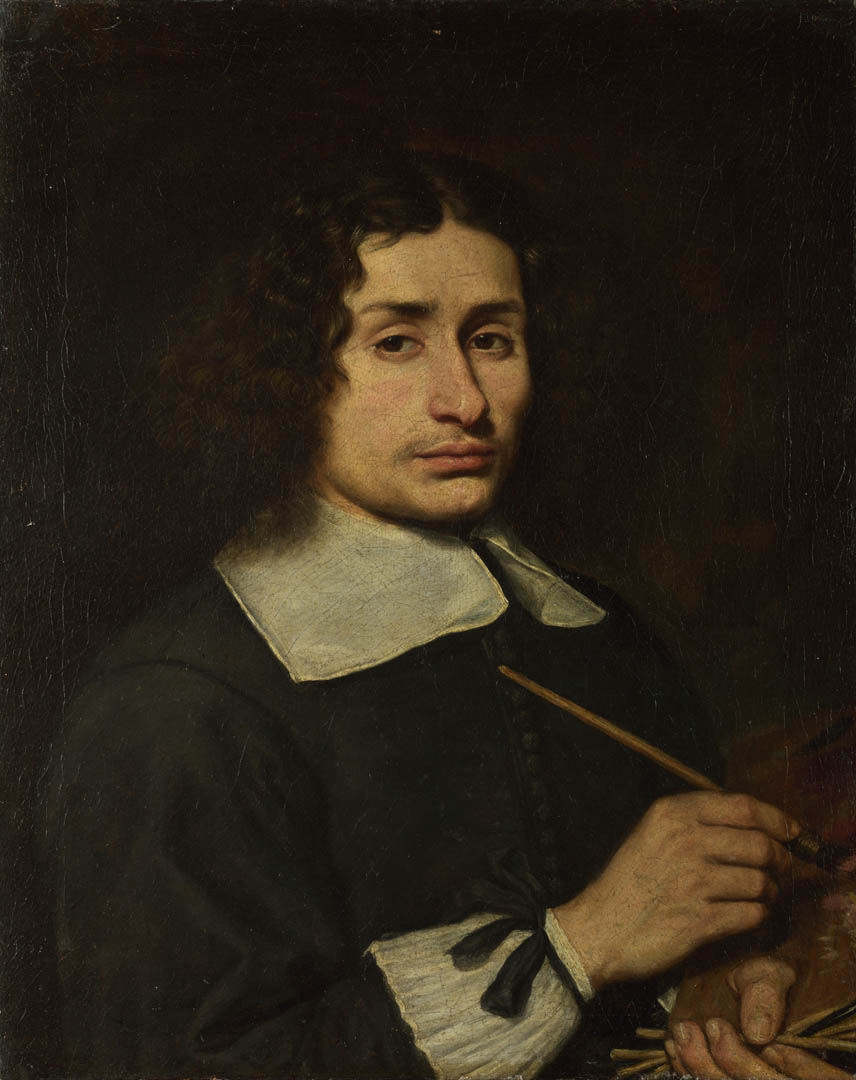Traders farmers and gold
1672-1682
The year 1672 is known in the Netherlands as the "Disaster Year" (Rampjaar). England declared war on the Republic, (the Third Anglo-Dutch War), followed by France, Munster and Cologne, which had all signed alliances against the Republic. France, Cologne and Munster invaded the Republic. a new stadtholder, William III, was also appointed.
Though the war didn't directly effect the PSC its indirect effects were huge, to repel the French invaders Dykes were broken across the Netherlands, destroying farmland and villages. The new stadtholder talked to the PSC chairman in Amsterdam about using the island of Deiman to Re-home the 'destitute masses' causing the Deiman boom discussed in the last update. The war created far more Refugee's than the companies settlements in Deiman could sustain though.
They could be roughly divided into 3 classes. (this is to mainland Janszoon, Deiman is classed separately at this point)
French protestants. Who have been expelled as they share the same religion as the Dutch.Most are going to a town called Port Louisa near where OTL Perth is, the own is developing a thriving Dutch/French Hybrid culture. Numbers -3100 over the time period.
Dutch peoples displaced by combat. . Many of them poor farmers and their families, but some artisans and clergymen made the journey as well. They founded several new forts and expanded the existing 3, founding several satellite towns. They are the most numerous group to come to Janszoon in this time. numbering -7050 over the ten years.
Old soldiers who were being paid with land parcels in the new world, as they revived the right to take a few people as servants from Batavia and the Indies they are the richest group f people on Janszoon, owning land when they arrived they can spend their money on labourers. They began to form a soldier aristocrat/frontier with military experience, the first major Beachie displacements began at this point. they number. 2450 (this doubles when including servants and workers brought along)
The development of Abel Bay and Union (the fort was dropped, sounded too nasty) into reasonable towns led to them forming councils to govern themselves, the names of the regions these councils governed (with PSC approval of course) were called (predictably) Union and Abel. These were the first two political units that were on Janszoon proper, and their establishment is still celebrated on federation day 100's of years later.
Society
The Society of Janszoon took a great leap with the founding of the two regional councils, this helped to tie together a bunch of disparate individuals into one semi functional unit, exporting gold and some grain to Batavia and stone to Deiman. Some inhabitants have started to refer to the Deiman colonists as dijklanders, claiming they have had it easy, their preferential treatments have lead to anger amougst the inhabitants of Janszoon, causing a few bar fights in Union and Abel bay.
Brief Update, Slow growth and the Deiman colony sucking in immigrants.








